Based in northern Brazil, TO HOST Data Centers provides regional cloud services with a focus on cloud computing, colocation, and infrastructure management. With 35 suppliers and partners and over 5,000 monitored assets, their mission is to provide innovative IT infrastructure products and services with a high level of proficiency, in order to meet the high standards required by their clients and partners. To do this, they need to monitor internal applications, data center assets, devices, and customer environments, ensuring high availability and optimal performance.
The challenge:
TO HOST’s monitoring environment included a standalone server (Zabbix, FrontEnd, Database) with the following:
- Hosts: ~600
- Itens/Metrics: ~90.000
- Average period for history table: 45~60 days
- Average period for trends table: 365 days
- Average period for events table: 365 days
- 3 Internal Proxies
- 8 Client Proxies
- ~30 External Active Agents
TO HOST needed a clean installation of Zabbix Server and Zabbix Proxy version 7.0.x on separate virtual machines with an updated operating system (Oracle 9), plus a migration of the current monitoring environment database to the new version, while preserving history and data integrity.
Their production servers were outdated, featuring a CentOS 7 version that was originally installed with Zabbix version 5.2.x and updated to version 6.0.x in 2022. The migration needed to retain historical data and ensure compatibility with Zabbix 7.0.x, while keeping service interruptions to a minimum.
A number of risks were anticipated and planned for – during the data migration process, it was understood that there may be failures in migrating the database due to version incompatibility and that there was a distinct possibility of collection failures that would require corrections after migration, if any data sources were not properly mapped.
All graphs needed to be reviewed and optimized to take advantage of the new widget models and improvements in Zabbix 7.0. Due to the changes in data sources (and because of the migration to a new operating system and a new version of the Zabbix Server) there was potential version incompatibility.
Directories containing custom scripts and images were mapped and files were copied in order to ensure integrity, and the TO HOST team was prepared for possible service interruptions during the upgrade process, standing ready to notify users about the planned maintenance and creating procedures to minimize the impact.
The solution:
Step one was to make sure that the change to Zabbix 7.0 was appropriately planned. A change schedule was created, and all relevant stakeholders were notified of the operation. A virtualized environment was then set up on Oracle 9, in order to guarantee a clean installation.
Once that was done, Zabbix 7.0 was installed, keeping in mind that the imported database could not exist on the new server. Next up was a full backup and the cloning of the database for integrity validation pre-migration. At this point, the To Host team stopped the data collection service, started the backup, and started a restore.
From that point, it became a simple matter of carrying out automated database versioning and data source mapping corrections. The data mapping during the Zabbix 7.0 migration involved updating the database structure to meet the new version’s requirements, such as changes to MySQL instances, fields, and storage formats.
Data mapping in the Zabbix migration process involved the following:
- Database Version: During migration, the database structure changed to align with the requirements of Zabbix 7.0. This included different versioning of MySQL instances, as well as modifications to fields, tables, and storage formats within the database.
- Import and Update Process: The legacy database (version 6) was exported and then imported into the new Zabbix 7.0 installation. During the process, Zabbix ran automatic update scripts to convert the old database into the new format.
- Data Sources: Each item monitored in Zabbix was associated with a unique key (item key) that defined how data was collected and processed. No changes were identified in this process.
- Tools and Validations: Mapping validation was performed during the import/restore process, where error logs indicated inconsistencies. During testing, inconsistencies were found in the validation, requiring a command to update the keys replicated on the migration.
Data collection services were then restarted, and all stakeholders were notified of the completion of the change.
The results:
Zabbix 7.0’s new dashboards and improved visual configuration have increased the satisfaction of internal customers, while having a tangible impact on operational efficiency and customer satisfaction.
The implementation and management of Zabbix 7.0 has enhanced the continuous visibility and integrity of TO HOST’s IT systems, enabling real-time monitoring and alerting, facilitating proactive issue resolution, and guaranteeing optimal infrastructure performance.
Many users have noted that the asynchronous polling method used in Zabbix 7.0 significantly reduces the time taken for metric collection. This allows for faster incident detection and resolution in TO HOST’s critical environment, while the addition of multi-factor authentication and improved access controls has helped to enhance security in monitoring environments and keep cyber threats at bay.
TO HOST’s future plans include exploring advanced Zabbix 7.0 features and continuous performance monitoring. A roadmap is already in place to leverage the additional automation and security enhancements that Zabbix 7.0 can provide.







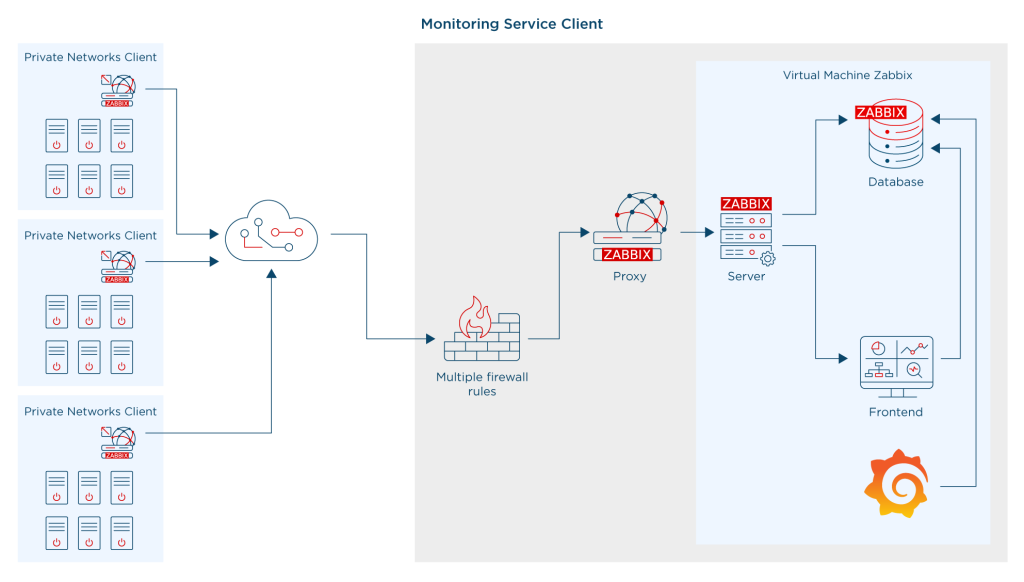
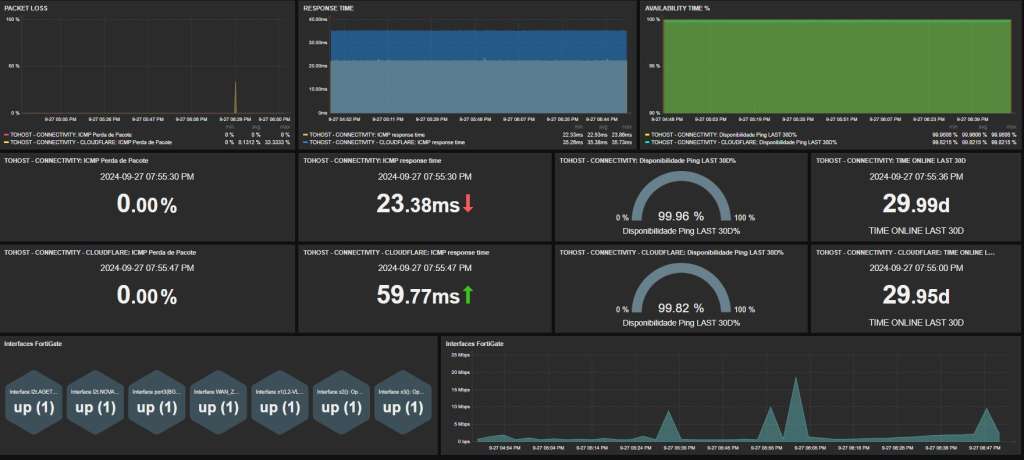
 Prev Post
Prev Post 

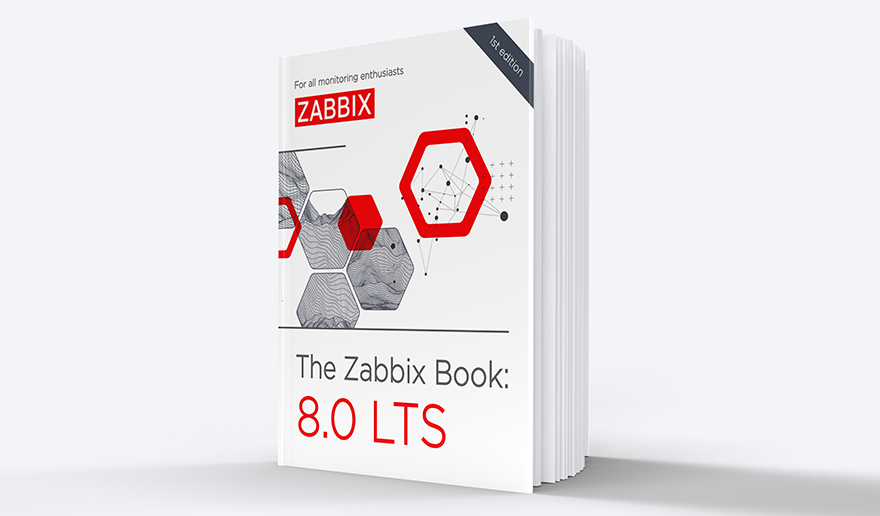
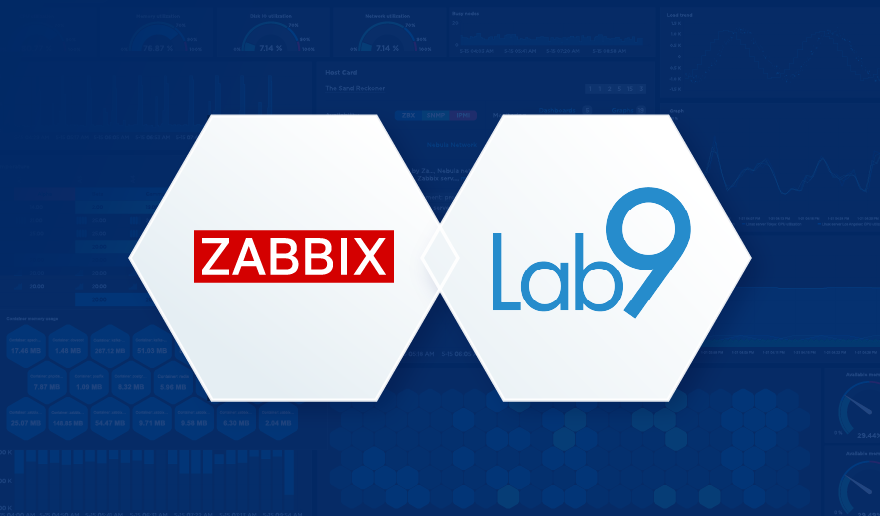
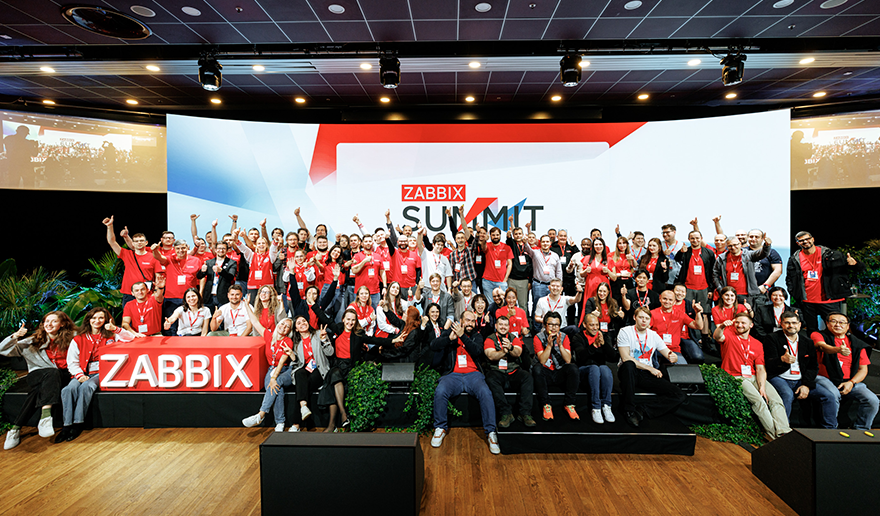
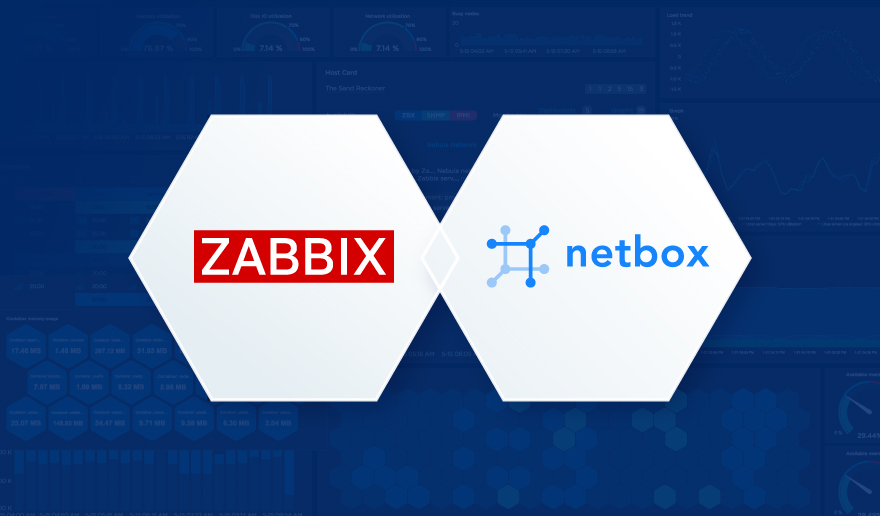
Wow, it’s great to hear about this successful migration to Zabbix 7.0, which is simply fantastic.
Congratulations to those involved.
I’m from the Midwest of Brazil (Campo Grande) and we also use Zbbix 7.0 in our NOC.
Rogerio Batista, if you need any help, don’t hesitate to contact me.